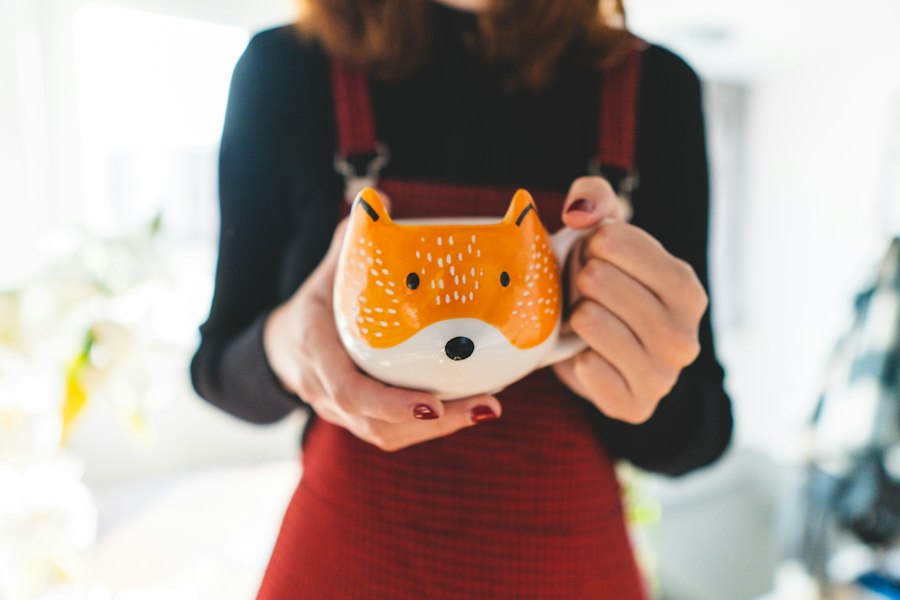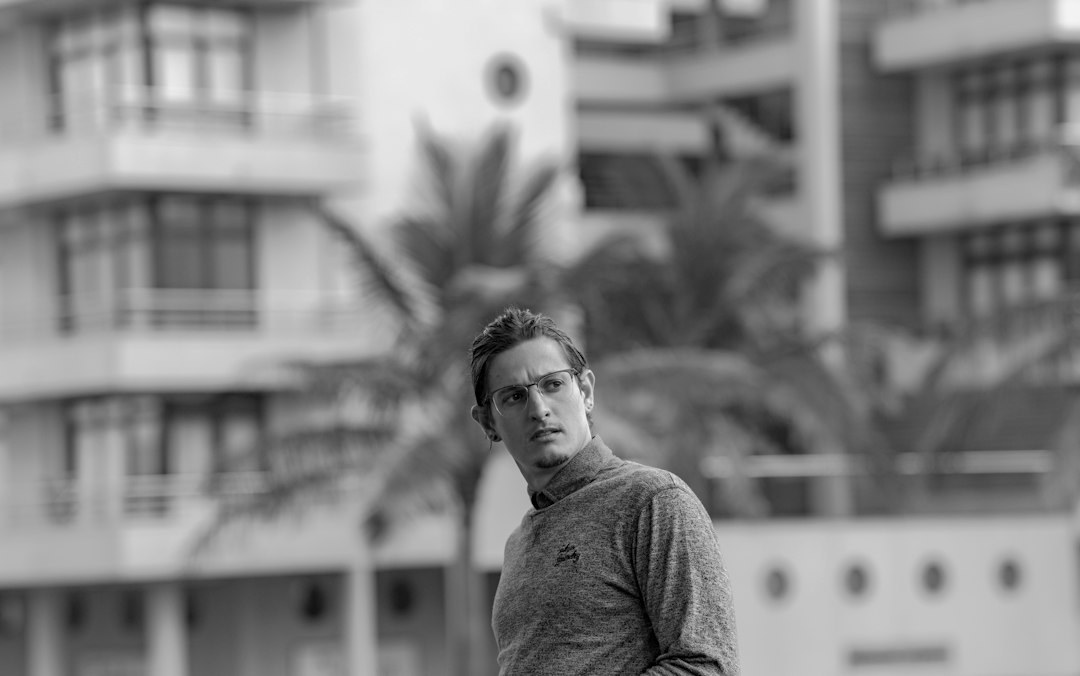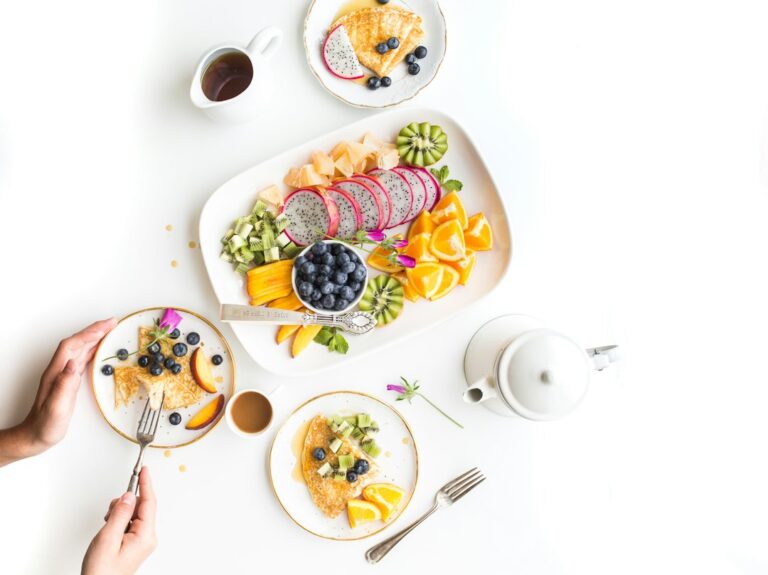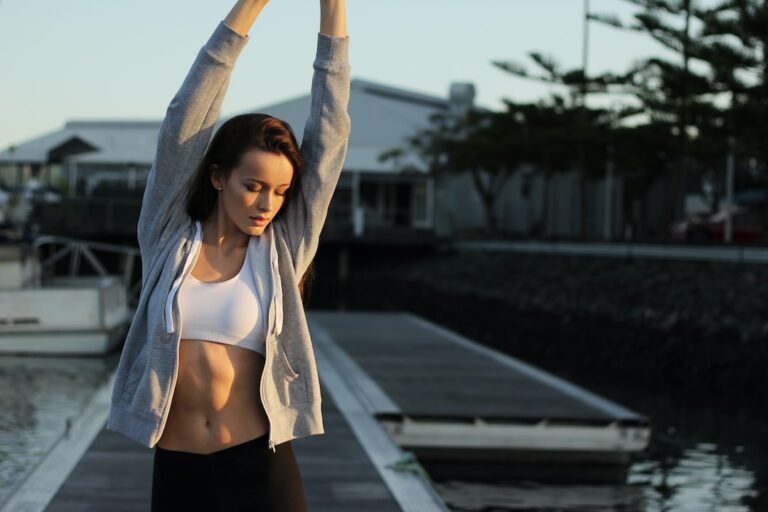Clothing niches refer to specific segments within the fashion industry that cater to a particular style, size, or demographic. Understanding these niches is crucial for both consumers and brands as it allows for a more inclusive and diverse fashion landscape. By recognizing and embracing these niches, the fashion industry can better cater to the needs and preferences of different individuals, leading to increased customer satisfaction and brand loyalty.
Key Takeaways
- Clothing niches are specific categories of fashion that cater to different styles and needs.
- Sustainable and ethical fashion is a growing niche that prioritizes environmentally-friendly and socially responsible practices.
- Streetwear is a constantly evolving niche that draws inspiration from urban culture and fashion trends.
- Plus-size fashion is a niche with untapped potential that aims to provide stylish and comfortable clothing for larger body types.
- Modest fashion is a niche that’s making a comeback, offering clothing options that prioritize modesty and coverage.
The Rise of Sustainable and Ethical Fashion
Sustainable and ethical fashion has gained significant traction in recent years as consumers become more conscious of the environmental and social impact of their clothing choices. Sustainable fashion refers to clothing that is produced using environmentally friendly practices, such as using organic or recycled materials and minimizing waste. Ethical fashion, on the other hand, focuses on ensuring fair labor practices and safe working conditions throughout the supply chain.
There are several reasons for the rise of sustainable and ethical fashion. Firstly, increased awareness about climate change and environmental degradation has led consumers to seek out more sustainable alternatives in all aspects of their lives, including their clothing choices. Additionally, there has been a growing demand for transparency in the fashion industry, with consumers wanting to know where and how their clothes are made.
Numerous sustainable and ethical fashion brands have emerged in response to this demand. Examples include Patagonia, a brand known for its commitment to environmental sustainability and fair labor practices, and Everlane, which focuses on transparency and ethical production processes.
Streetwear
Streetwear is a style of clothing that originated from urban culture and is characterized by its casual and comfortable aesthetic. It often incorporates elements from sports, hip-hop, skateboarding, and graffiti art. Streetwear has evolved from being a niche subculture to a mainstream fashion trend embraced by people of all ages.
Popular streetwear brands include Supreme, Off-White, and A Bathing Ape (BAPE). These brands have gained a cult following due to their limited-edition releases, collaborations with high-end designers, and celebrity endorsements. Streetwear has become a billion-dollar industry, with its influence extending beyond clothing to accessories, footwear, and even home decor.
Plus-Size Fashion
| Metrics | Values |
|---|---|
| Market Size | USD 24.2 billion (2020) |
| Projected CAGR | 4.4% (2021-2028) |
| Top Brands | Torrid, Lane Bryant, Eloquii, Ashley Stewart, Simply Be |
| Consumer Demographics | 67% of American women wear a size 14 or above |
| Online Sales | 60% of plus-size fashion sales are made online |
| Popular Categories | Dresses, Tops, Jeans, Activewear, Lingerie |
Plus-size fashion refers to clothing designed specifically for individuals who wear larger sizes. The plus-size fashion industry has faced numerous challenges in the past, including limited options, lack of representation in media and advertising, and negative body image stereotypes. However, in recent years, there has been a shift towards inclusivity and body positivity in the fashion industry.
Opportunities for growth in plus-size fashion are abundant. With a growing demand for more size-inclusive options, brands that cater to the plus-size market have the potential to tap into a lucrative and underserved customer base. Additionally, there is a need for greater diversity in representation within the industry, with plus-size models and influencers playing a crucial role in promoting body positivity.
Modest Fashion
Modest fashion refers to clothing that adheres to certain guidelines of modesty, often influenced by religious or cultural beliefs. Modest fashion has made a comeback in recent years as more individuals seek out clothing options that align with their personal values and preferences.
The rise of modest fashion can be attributed to several factors. Firstly, there has been a growing demand for clothing that provides more coverage and is less revealing. This shift can be seen as a response to the hypersexualization of women’s bodies in mainstream fashion. Additionally, the rise of social media has allowed for greater visibility and representation of modest fashion influencers and brands.
Examples of modest fashion brands include Modanisa, a leading online retailer for modest clothing, and The Modist, a luxury e-commerce platform that caters specifically to modest fashion consumers.
Athleisure

Athleisure is a style of clothing that combines athletic wear with casual everyday wear. It is characterized by its comfort, functionality, and versatility. Athleisure has gained immense popularity in recent years as more individuals prioritize comfort and practicality in their clothing choices.
The rise of athleisure can be attributed to several factors. Firstly, there has been a shift towards a more casual and relaxed dress code in many workplaces, allowing for the incorporation of athletic wear into everyday outfits. Additionally, the increased focus on health and wellness has led to a greater emphasis on fitness and active lifestyles, further driving the demand for athleisure.
Popular athleisure brands include Lululemon, Nike, and Adidas. These brands offer a wide range of clothing options that seamlessly transition from the gym to everyday life.
Vintage and Retro Fashion
Vintage and retro fashion refers to clothing that is inspired by styles from previous decades. It is characterized by its timeless appeal and nostalgic aesthetic. Vintage and retro fashion has remained popular throughout the years due to its ability to evoke a sense of nostalgia and individuality.
The timelessness of vintage and retro fashion can be attributed to its ability to transcend trends and fads. By drawing inspiration from past eras, vintage and retro fashion allows individuals to express their unique style and stand out from the crowd. Additionally, the sustainability aspect of vintage fashion has gained traction in recent years, as consumers seek out more sustainable alternatives to fast fashion.
Popular vintage and retro fashion brands include Reformation, a brand known for its sustainable practices and vintage-inspired designs, and Rokit Vintage, a retailer that specializes in curated vintage clothing.
Workwear
Workwear refers to clothing designed specifically for the workplace. It is characterized by its functionality, durability, and professionalism. Workwear varies depending on the industry, with different sectors requiring specific attire to ensure safety and adherence to professional standards.
The versatility of workwear lies in its ability to adapt to different industries and job roles. From corporate offices to construction sites, workwear plays a crucial role in ensuring comfort, safety, and professionalism. Workwear brands such as Carhartt, Dickies, and Red Kap are known for their high-quality and durable clothing options that cater to various industries.
Gender-Neutral Fashion
Gender-neutral fashion refers to clothing that is not specifically designed for a particular gender. It challenges traditional gender norms and allows individuals to express their personal style without conforming to societal expectations. Gender-neutral fashion has gained traction in recent years as more individuals seek out clothing options that are inclusive and non-binary.
The importance of gender-neutral fashion lies in its ability to promote inclusivity and diversity within the fashion industry. By breaking down traditional gender barriers, gender-neutral fashion allows individuals to express themselves authentically and without limitations. Brands such as Telfar, Wildfang, and TomboyX are known for their gender-neutral clothing options and commitment to inclusivity.
Luxury Fashion
Luxury fashion refers to high-end clothing and accessories that are associated with prestige, exclusivity, and craftsmanship. Luxury fashion brands are known for their attention to detail, quality materials, and iconic designs. Luxury fashion has a long history and is often associated with luxury houses that have been around for decades.
Characteristics of luxury fashion include limited production runs, high price points, and a focus on craftsmanship and quality. Luxury fashion brands such as Chanel, Gucci, and Louis Vuitton are renowned for their iconic designs and timeless appeal.
In conclusion, understanding clothing niches is crucial for both consumers and brands in order to create a more inclusive and diverse fashion industry. The rise of sustainable and ethical fashion, streetwear, plus-size fashion, modest fashion, athleisure, vintage and retro fashion, workwear, gender-neutral fashion, and luxury fashion showcases the diverse range of styles and preferences within the industry. By embracing these niches, the fashion industry can cater to the needs and preferences of different individuals, leading to increased customer satisfaction and brand loyalty. It is important to recognize and celebrate the diversity within the fashion industry, as it allows for greater representation and inclusivity for all individuals.
If you’re in the clothing industry and looking to master your niche strategies for growth and focus, you won’t want to miss this insightful article on Learn by Script. “Mastering Your Creative Agency’s Niche: Strategies for Growth and Focus” provides valuable tips and advice on how to identify and dominate your clothing niche. Additionally, if you’re interested in finding your reason for living and how it relates to your clothing business, check out the fascinating breakdown of Ikigai in the article “Find Your Reason for Living: Ikigai Breakdown.” Both articles offer valuable insights that can help you take your clothing business to the next level.
FAQs
What are clothing niches?
Clothing niches refer to specific segments or subcategories within the fashion industry that cater to a particular group of consumers with unique needs and preferences.
What are some examples of clothing niches?
Some examples of clothing niches include plus-size clothing, sustainable fashion, vintage clothing, athletic wear, and modest fashion.
Why are clothing niches important?
Clothing niches are important because they allow consumers to find clothing that meets their specific needs and preferences. They also provide opportunities for businesses to specialize and differentiate themselves in a crowded market.
How do businesses cater to clothing niches?
Businesses can cater to clothing niches by designing and producing clothing that meets the specific needs and preferences of the target market. They can also market their products to the target market through targeted advertising and social media campaigns.
What are the benefits of shopping for clothing within a niche?
Shopping for clothing within a niche allows consumers to find clothing that fits their unique needs and preferences. It also allows them to support businesses that specialize in producing clothing for their specific market, which can lead to more innovation and diversity within the fashion industry.







